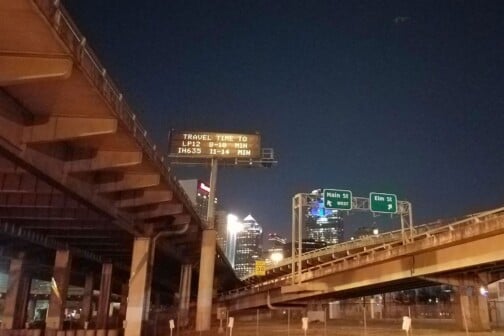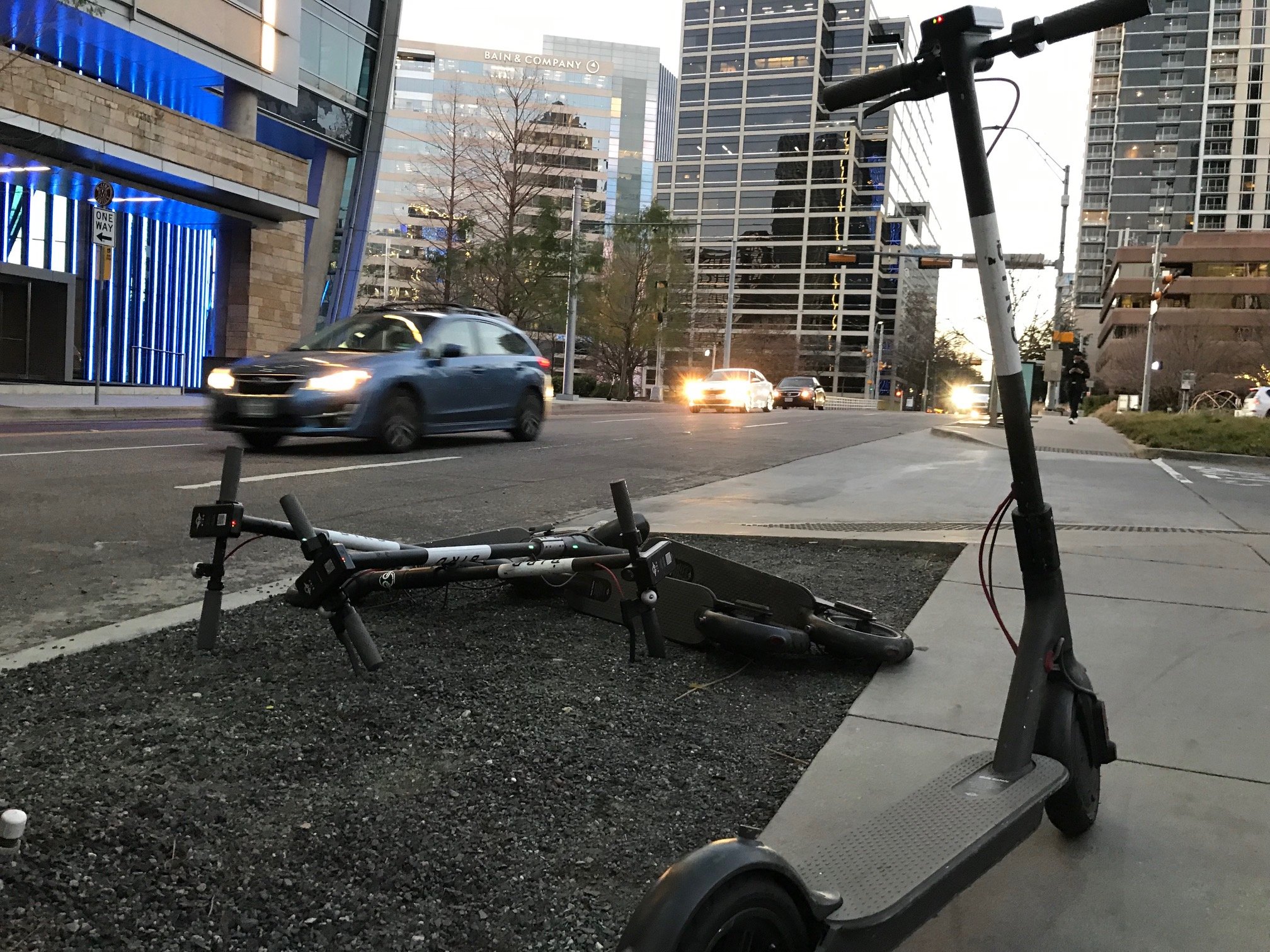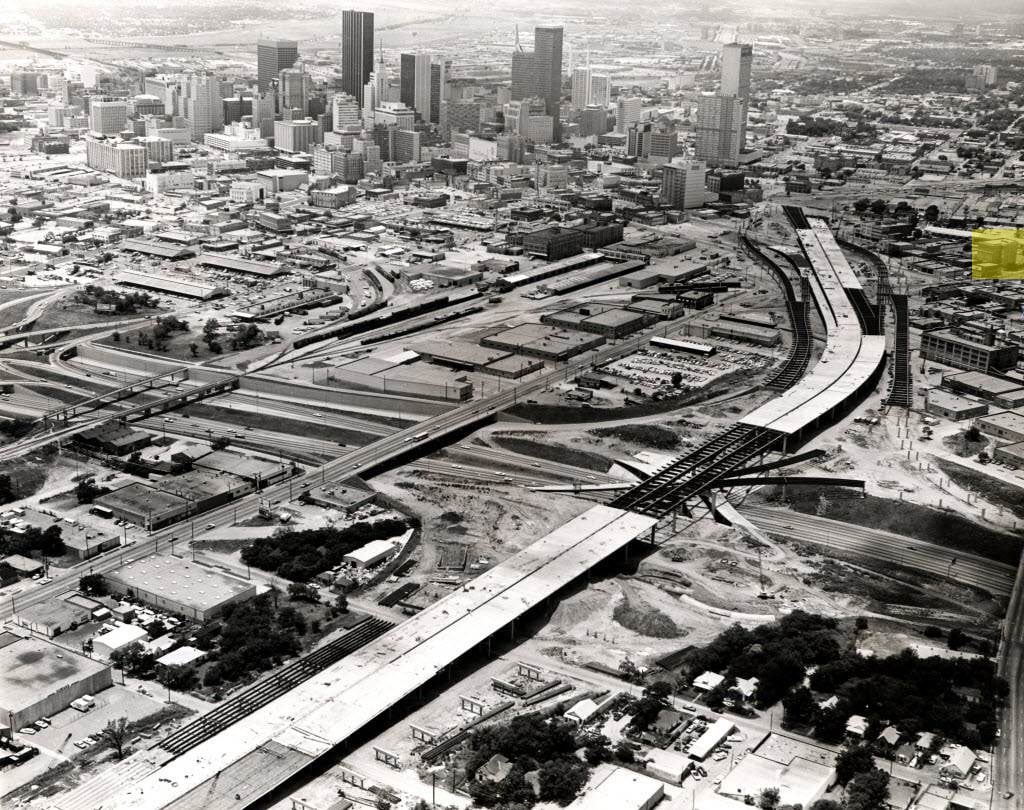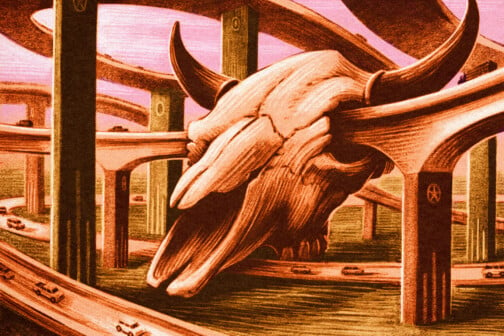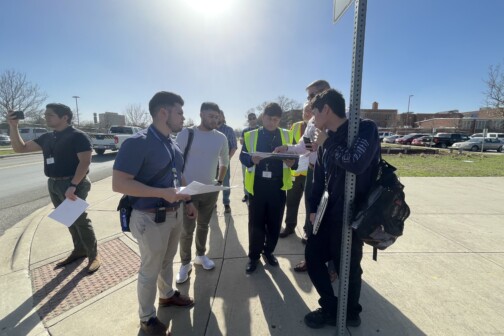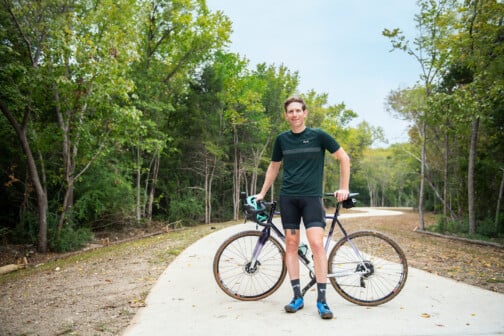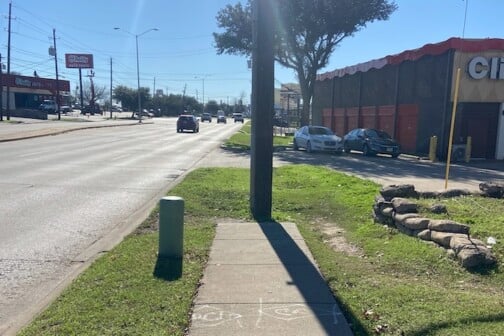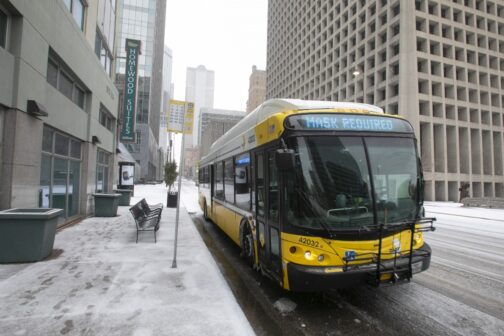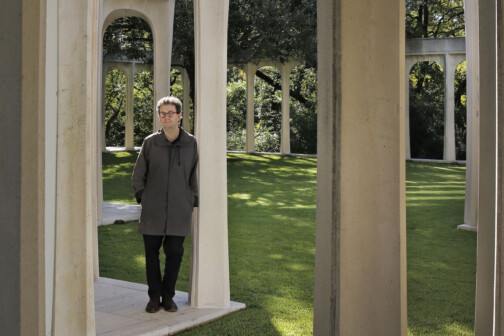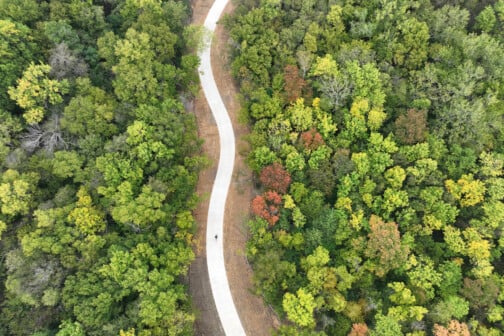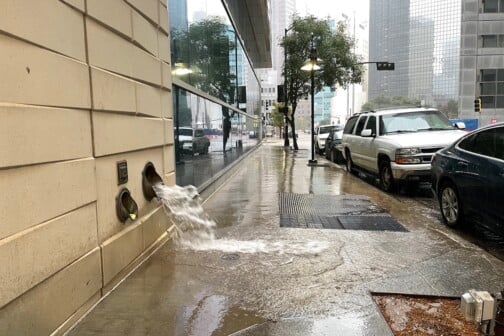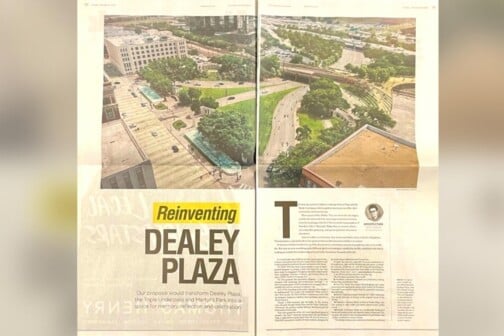The Dallas City Council today gave the state of Texas permission to pursue funding to remove and trench I-345, the currently elevated 1.4-mile highway separating downtown and Deep Ellum. The Council’s vote was delivered with the energy of a sigh despite weeks of parliamentary backroom wrangling among some council members who wanted more time to study the plan before approving it.
It was a near impossibility to convince the Texas Department of Transportation to do anything that altered the amount of traffic lanes that slice through Dallas’ urban core. TxDOT owns the 50-year-old highway, not the city of Dallas. It is among the shortest on the national highway network, a stub that connects to Central Expressway, Woodall Rodgers, and interstates 30 and 45. It is, more than anything, a concrete connective tissue that allows freeway traffic to flow in all directions, a traffic engineer’s dream. TxDOT cites traffic counts of 180,000 cars on the roadway per day. Powerful transportation officials don’t seem capable of imagining a world in which the highway doesn’t exist.
Partly that is because they understand the game. Vehicle capacity on highways is the top transportation priority of Gov. Greg Abbott, whose edicts dictate which projects are funded and which are not.
There have been grassroots calls for nearly a dozen years to remove I-345 and replace it with a boulevard and a reconfigured system of surface streets that would absorb the traffic. But because of its status—a state-owned thoroughfare on the National Highway Freight Network—the city had no power to pursue something so radical. The most the City Council could do was stall by voting against the resolution, a move that had little support among the 14 council members who were present for Wednesday’s vote. (Mayor Eric Johnson was absent because he was speaking on a panel about sports in Qatar.)
The City Council voted unanimously to support TxDOT’s preference for the highway, which it calls the “hybrid plan,” with some caveats.
“This is not a perfect solution, in my opinion, but at the end of the day, what we can say if we support this is that today, TxDOT and the city of Dallas have decided to take down a highway and are going to put something better there in its place,” said Councilman Chad West, the loudest and loneliest pro-boulevard voice on the City Council.


